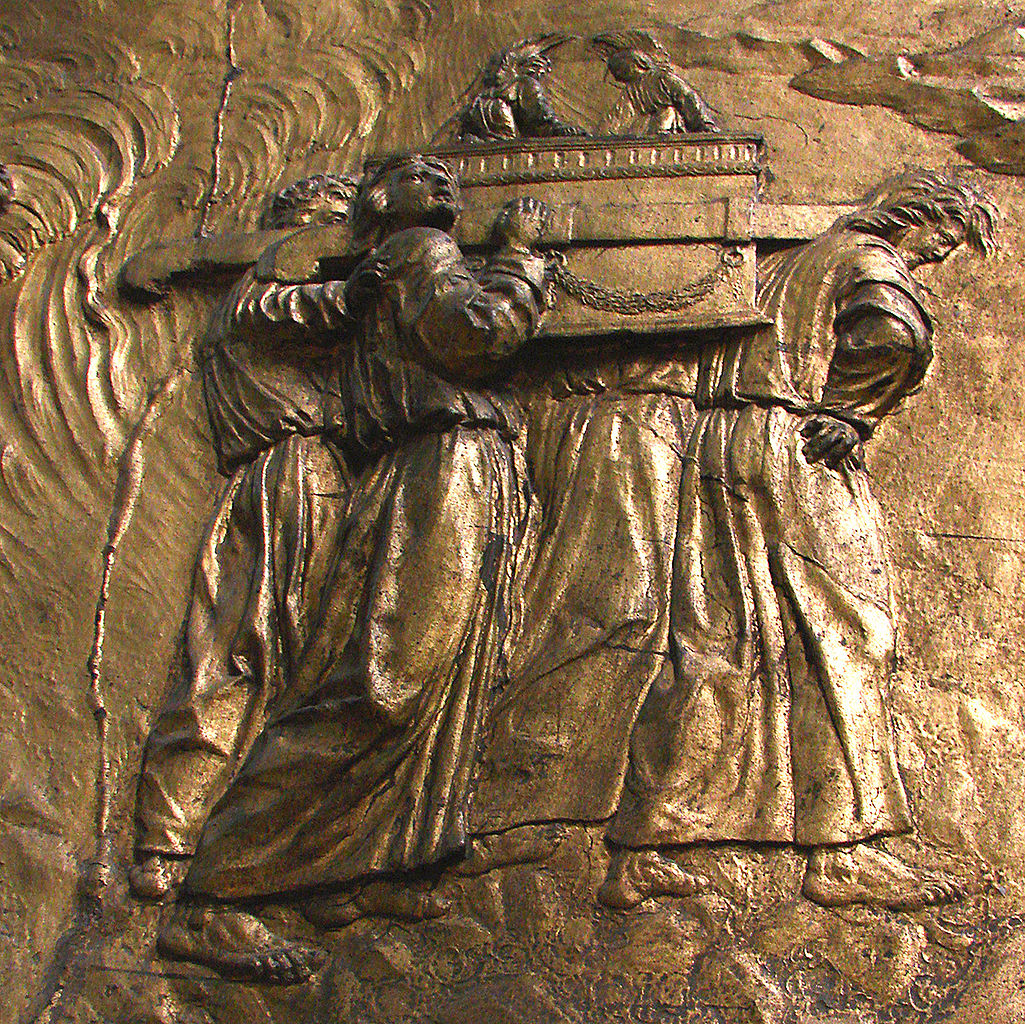The Ark of the Covenant holds a prominent place in religious narratives, particularly within Judeo-Christian traditions. This sacred object, regarded as a container for the tablets of the Covenant between God and the Israelites, carries symbolic significance that transcends mere physicality. In the context of Baha’i teachings, the interpretation of the Ark of the Covenant evolves, inviting seekers into a deeper understanding of divine purpose and human potential. This article ventures into the philosophical and theological implications of “who carries the Ark of the Covenant” from a Baha’i perspective.
The Baha’i Faith, a relatively young world religion, elucidates the unity of all religions while emphasizing the progressive revelation of divine will through various manifestations of God, including Moses, Jesus Christ, Muhammad, and Baha’u’llah, the founder of the Baha’i Faith. Thus, to comprehend who carries the Ark of the Covenant in a Baha’i context, one must reevaluate the conception of divine intermediaries.
At the heart of Baha’i teachings is the understanding that every divine messenger embodies the qualities and attributes of God, acting as a conduit for divine revelation. From this perspective, the Ark can metaphorically be associated with the individual who fulfills God’s ordained mission in any given era. This opens the discourse to the principal figures through whom God establishes His Covenant, ultimately pointing towards Baha’u’llah as the contemporary bearer of a new spiritual paradigm.
The traditional understanding of the Ark—a physical object imbued with religious significance—morphs into a broader metaphor concerning the “Covenant of God.” Within Baha’i writings, the term “Covenant” outlines not only the responsibilities bestowed upon humanity but also the mechanism of spiritual succession achieved through the manifestations of God. This mechanism is crucial for the continuity of divine guidance throughout history.
To further grasp the essence of the Ark of the Covenant, one must delve into the fundamental concept of “Covenant” itself. Baha’i teachings expound on two types of Covenants: the Lesser Covenant, which refers to the succession among the prophets and their followers, and the Greater Covenant, which highlights the ultimate authority of God’s Manifestations. The unwavering belief in the authority vested in these Manifestations serves as the cornerstone for understanding the divine continuity preserved across the ages.
In this transformative context, the roles played by Baha’u’llah and His successors become paramount. They are the carriers of the God-given revelations essential for spiritual evolution. Baha’u’llah articulated the importance of recognizing these messengers, suggesting that adherence to their guidance fosters unity and collaboration among humankind. Who, then, embodies the Ark? Each believer who acknowledges and venerates the calls of these divine figures becomes a carrier of the Ark—metaphorically holding aloft the teachings and principles that bind humanity to a shared spiritual destiny.
This view invites a paradigm shift in how one perceives their spiritual responsibilities. The notion that the Ark can be borne by individuals across the globe encourages an active engagement with Baha’i principles. By embodying the values of service, love, and unity, Baha’is transform their lives into collective vessels for the teachings of Baha’u’llah, thereby manifesting the heavenly message through their actions and interactions.
Moreover, this carries implications for interfaith dialogue and the Baha’i commitment to global unity. The ancient scriptures that dictate the societal norms in other religious traditions can be understood anew through Baha’i teachings. The Ark of the Covenant, in this expanded sense, transcends geographical, cultural, and philosophical boundaries to unify varying religious narratives toward a common purpose—an evolution of the human spirit.
As individuals immerse themselves in the Baha’i understanding of the Ark, they encounter significant stimuli to ponder the implications of divine guidance in their lives. The task of carrying the Ark—as juxtaposed with the rigid parameters historically attributed to a physical object—encourages innovation and a vibrant engagement with the spiritual realm. Each believer becomes a participant in the sacred dialogue between the divine and humanity.
This perspective is fortified by Baha’i teachings on the essential nature of humanity as the embodiment of divine potential. Baha’u’llah states that humanity carries within it the seeds of greatness—echoing the notion that the Ark is not merely a relic of antiquity but a living reality interwoven with human existence and experience. Thus, the essence of the Ark continues through active participation in the spiritual journey, reinforcing connectivity to the divine.
In conclusion, the inquiry into who carries the Ark of the Covenant from a Baha’i perspective reveals a profound and transformative understanding of spirituality. The Ark is not confined to a physical object; it becomes a symbol of the divine connection that exists through Baha’u’llah and His teachings, as well as through each individual who embodies those teachings. This realization not only piques curiosity but also inspires a collective responsibility toward fostering unity, love, and service in the world.
